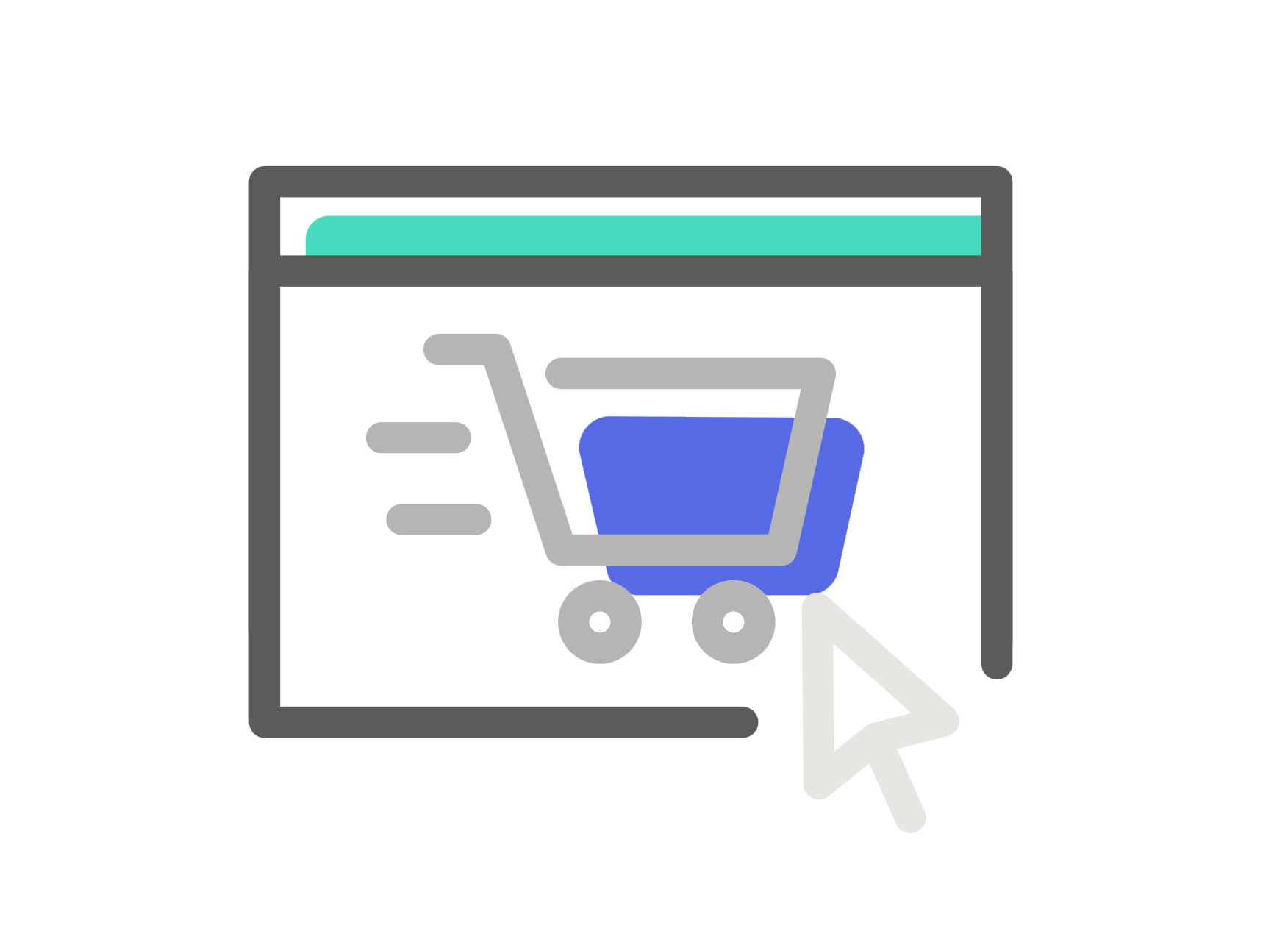
September 27, 2022
How eCommerce Brands Can Sustain Growth During a Cash Crunch

Head of Flexport Capital
Growing ecommerce and retail brands are facing new uncertainties in the second half of 2022. Despite unprecedented growth over the last two years, the recent economic downturn and rising inflation has led to lower demand, inaccurate forecasting, inventory overages, capacity constraints and inadequate sources of funding/cash flow.
Paying inflation-charged rates to factories, carriers, customs, and employees puts a strain on working capital for fast-growing, cash-strapped brands. And with investors and lenders pulling back and big retailers pushing out their payment terms, many businesses are struggling to secure financing and stay afloat.
Lenders are Leary
In 2021, brands with a solid year of sales could secure venture capital or a bank loan. If you needed capital you could find it—but that’s no longer the case. Increasing scrutiny and underwriting delays from lenders hurts smaller brands who must show inventory turnover, cash flow history, and a steady revenue stream.
So what are they looking for?
Adjusted Gross Margin. Gross margins are being hammered due to the higher shipping rates six months ago. Plus, over-ordered inventory sold at a discount also impacts margins. Show your actual gross margins, your forecasted gross margin with current shipping costs, and consider increasing your sales price to account for increased cost-of-goods-sold.
IP & Brand Differentiation. This year, brand differentiation absolutely matters! Lenders want to see you know what your customers want right now, that your business is growing, and that you have a strong, unique brand and products.
Return on Ad Spend. When a business shows high ROAS over an extended period, lenders can see that the company can sustain growth without burning cash. At this time, a lot of factors are negatively affecting ROAS, including Apple’s privacy changes which are estimated to have slashed ad ROI by almost 40%.
Hot Take: In a recent Twitter thread by the founder of @eCommerceFuel, Andrew Youderian, he argues that there is no meaningful correlation between ROAS and growth and/or profitability of a brand. Here are some of his key takeaways:
- A strong brand, high-margin model, and lean operations are more important today than ROAS.
- Successful retail brands are 600% more likely to cite "branding and storytelling" as their competitive advantage and 77% more likely to make their own products.
- The strongest predictor of profitability was lean, efficient operations—not advertising performance.
- Highly profitable companies were “25% less reliant on paid traffic, had 50% fewer employees, and were more likely to outsource fulfillment.”
While this is a compelling perspective, lenders still value strong ROAS.
Financial Discipline. Lenders expect high quality financial data. Financial discipline communicates credibility and confidence, and that’s what lenders want to see in a challenging macroeconomic environment.
Check out our recent webinar to discover more on how to navigate and manage a cash crunch.
How to Manage Your Cash in the Absence of Financing
If you cannot raise capital, there are still ways protect and grow your business.
#1 Lower your Shipping Costs
- Shipping prices are falling with more capacity and lower rates. Contact us if you want to take advantage of declining spot rates.
- Re-negotiate your rates and terms with suppliers. Inflation is increasing the cost of inputs, but demand is down, and suppliers need to generate a return.
- Convert air shipments to ocean shipments if your inventory levels are high and demand is slowing down.
#2 Run Leaner Operations
- Cut unnecessary expenses like employee travel, non-essential software, low value marketing spend, and unused perks.
- Empower your existing team to increase output instead of hiring more people.
- Be data-driven with product launches, and test demand before going big.
- Use a data-driven platform like Flexport to manage your order to cash cycle.
#3 Manage Your Working Capital Cycle
- Evaluate all your payment terms with vendors and customers.
- Make sure you are paying on-time and getting paid on-time.
- Consider holding less inventory to maintain a stronger cash position.
Remember that capital markets can change quickly. View our current environment as an opportunity to build a avoid a cash leaner, more capital efficient business to fuel your growth into 2023 and beyond.
About the Author

Head of Flexport Capital








